Opening 27/03 - 27/03 - 17/05, 2008
-
Matthias Bitzer
Between two oceans
Matthias Bitzer’s exhibition at Francesca Minini, is the last chapter of the trilogy that the artist dedicated to Emmy Ball-Hennings. He presented the first part of the project at the Georg Kargl Box Gallery in Vienna in 2007 and the second one in a solo show in the Städtische Galerie Nordhorn.
The first Matthias Bitzer’s solo show in Italy represents the imaginary meeting of two historical figures: Emmy Ball-Hennings and Joseph Conrad. Although they never met in truth, they irresistibly fascinate this young German artist for their ability to create different identities in their works and lives, mixing biography and fiction.
The autobiographic writings by Emmy Ball-Hennings, poetess, actress, muse and co-founder of Cabaret Voltaire, cradle of Zurich dadaism, reveal the writer’s multifaceted personality, that is able to model her identity in a continuous shift between reality and fiction.
Joseph Conrad, the same way, uses his experience in the navy to portray the protagonists’ complex personalities in his novels. In his writings, journeys and adventures at sea are an existential metaphor that put human beings in front of the unknown. An unknown identifying with a mysterious and inhospitable nature, but in the same way with the discovery of a contradictory and fragmented human identity, which can even generate horror.
Bitzer gives a visual translation to this fragmentary dimension, to these different points of view, to possible gazes. Through paintings, sculptures and mural drawings, all strictly connected to each other, he thinks to the exhibition space as an autonomous body, where you can “consider the works as a kind of symbolist translation or a decoding of reality that tries to make visible something that was invisible before” as the artist says.
Matthias Bitzer’s aim is to redefine the gaze through a mix of disparate materials such as wire, tissue, plastic, glass or by showing different kinds of works, from paintings to sculptures to wall decoration. This explains his oil on canvas portraits, overlapped by colourful geometrical grids. The artist works with contrasting items, associating the sensibility of a female face portrayed on raw canvas with the cold rationality of geometrical patterns, able to break the figure into fragments.
Though, his meditation about human beings becomes a consideration about arts, which Bitzer sees as a place where heterogeneity can arouse wonder. Rather than strictly using just one means of expression, following univocally an abstract or iconic language, the artist prefers to follow an aesthetic of contamination, of multiplicity, of hesitation.
“Hesitation can turn every landfall, every known and dull landfall into a wonderful and foolish adventure of youth, passion and destiny” as Cesare Pavese said in his introduction to ‘Twixt Land and Sea Tales’ by Joseph Conrad.
Matthias Bitzer’s exhibition at Francesca Minini, is the last chapter of the trilogy that the artist dedicated to Emmy Ball-Hennings. He presented the first part of the project at the Georg Kargl Box Gallery in Vienna in 2007 and the second one in a solo show in the Städtische Galerie Nordhorn.
The first Matthias Bitzer’s solo show in Italy represents the imaginary meeting of two historical figures: Emmy Ball-Hennings and Joseph Conrad. Although they never met in truth, they irresistibly fascinate this young German artist for their ability to create different identities in their works and lives, mixing biography and fiction.
The autobiographic writings by Emmy Ball-Hennings, poetess, actress, muse and co-founder of Cabaret Voltaire, cradle of Zurich dadaism, reveal the writer’s multifaceted personality, that is able to model her identity in a continuous shift between reality and fiction.
Joseph Conrad, the same way, uses his experience in the navy to portray the protagonists’ complex personalities in his novels. In his writings, journeys and adventures at sea are an existential metaphor that put human beings in front of the unknown. An unknown identifying with a mysterious and inhospitable nature, but in the same way with the discovery of a contradictory and fragmented human identity, which can even generate horror.
Bitzer gives a visual translation to this fragmentary dimension, to these different points of view, to possible gazes. Through paintings, sculptures and mural drawings, all strictly connected to each other, he thinks to the exhibition space as an autonomous body, where you can “consider the works as a kind of symbolist translation or a decoding of reality that tries to make visible something that was invisible before” as the artist says.
Matthias Bitzer’s aim is to redefine the gaze through a mix of disparate materials such as wire, tissue, plastic, glass or by showing different kinds of works, from paintings to sculptures to wall decoration. This explains his oil on canvas portraits, overlapped by colourful geometrical grids. The artist works with contrasting items, associating the sensibility of a female face portrayed on raw canvas with the cold rationality of geometrical patterns, able to break the figure into fragments.
Though, his meditation about human beings becomes a consideration about arts, which Bitzer sees as a place where heterogeneity can arouse wonder. Rather than strictly using just one means of expression, following univocally an abstract or iconic language, the artist prefers to follow an aesthetic of contamination, of multiplicity, of hesitation.
“Hesitation can turn every landfall, every known and dull landfall into a wonderful and foolish adventure of youth, passion and destiny” as Cesare Pavese said in his introduction to ‘Twixt Land and Sea Tales’ by Joseph Conrad.
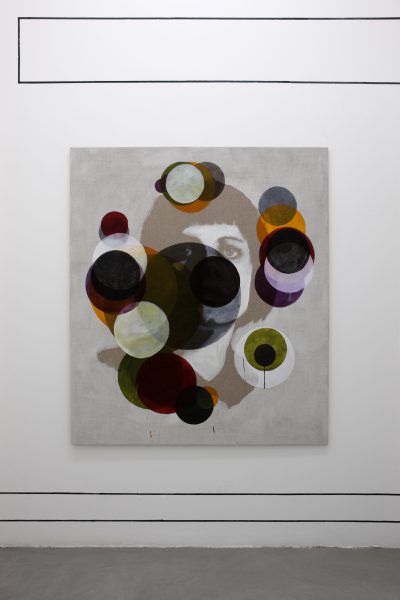 Lifting the mask of a local clown , 2008Acrylic and ink on canvas
Lifting the mask of a local clown , 2008Acrylic and ink on canvas
160×140 cm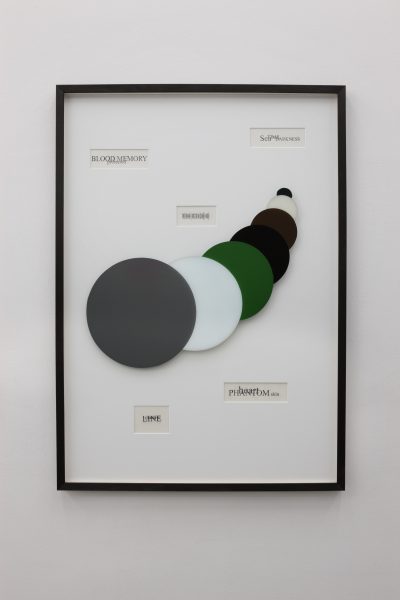 Reaching the sea, 2008
Reaching the sea, 2008
Pencil on paper, lacquer on glass
100×70 cm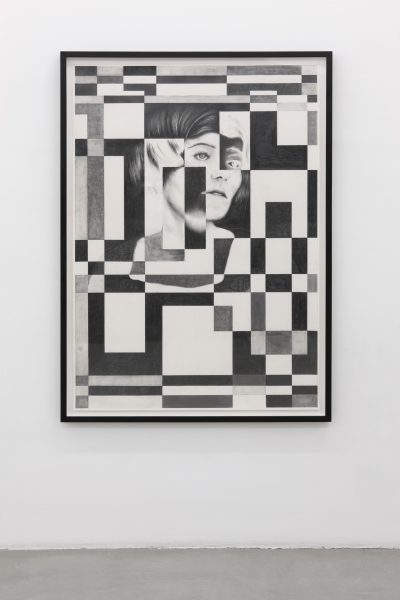 Untamed heart, 2008
Untamed heart, 2008
Pencil on paper
145×110 cm
framed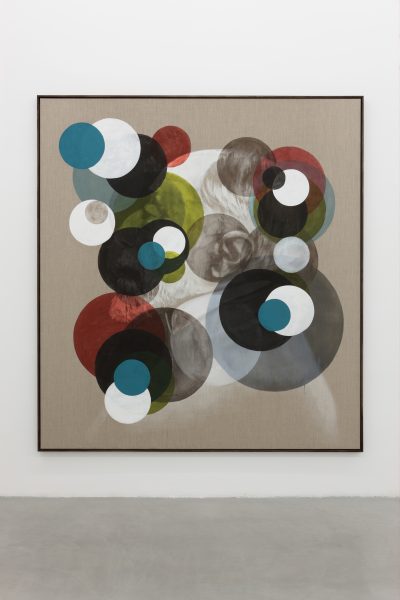 Staring at the sea, 2008
Staring at the sea, 2008
Acrylic and ink on canvas
230×210 cm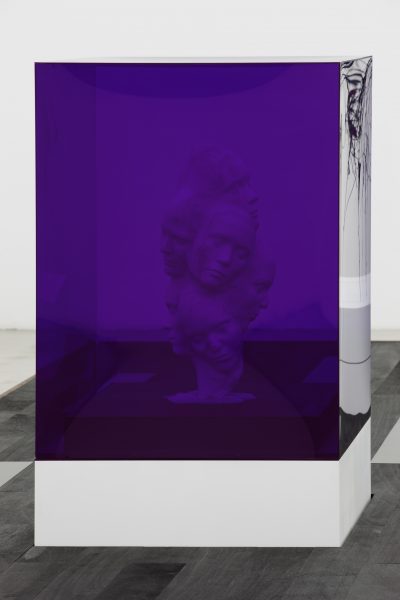 Memory’s languor, 2008
Memory’s languor, 2008
plaster, wood, acrylic, glass,
110×70×70 cm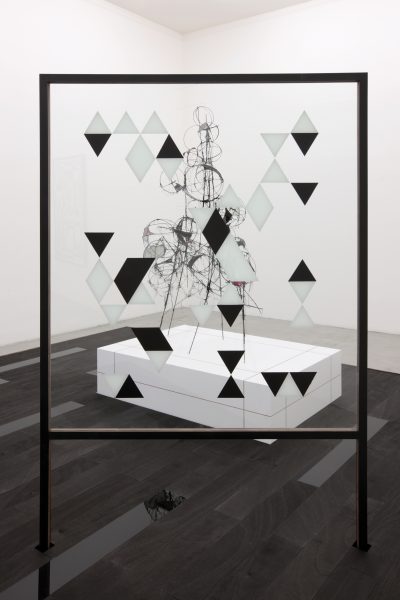 Memory’s languor, 2008
Memory’s languor, 2008
glass, wood, lacquer, steel,
190x115,
wire, yarn, wood, lacquer, foil
220x130x90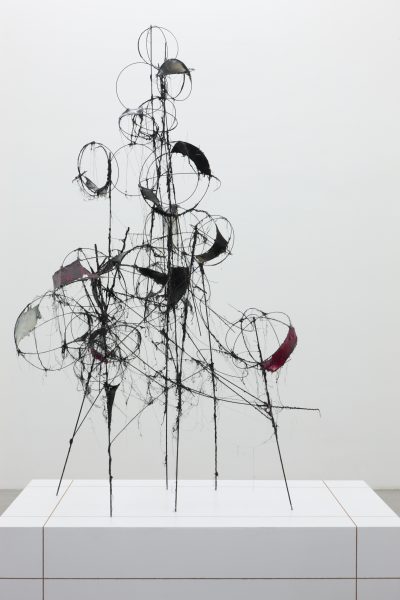 Memory’s languor, 2008
Memory’s languor, 2008
wire, yarn, wood, lacquer, foil
220×130×90 cm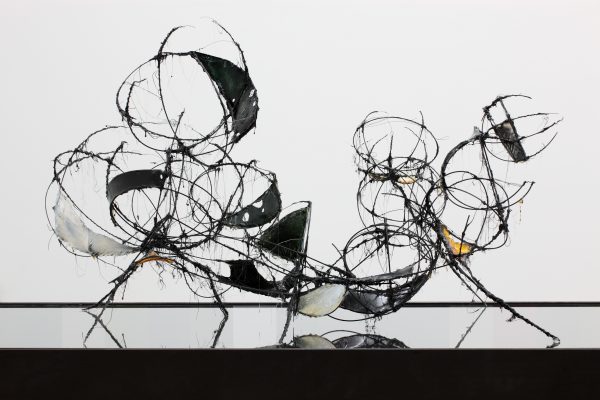 Lightseeker (2 parts), 2008
Lightseeker (2 parts), 2008
ink on woodinlay, glass
150x70x80,
wire, yarn, foil
120x70x60 cm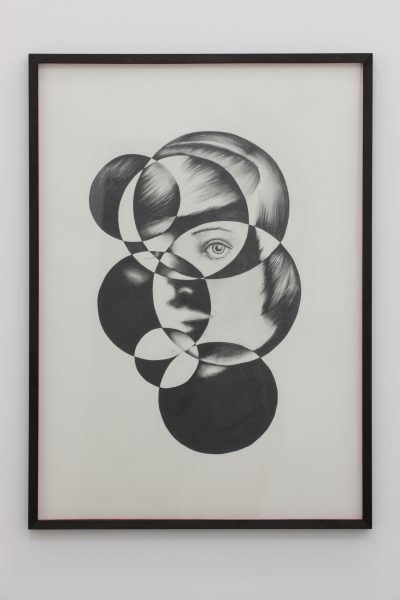 When night falls, 2008
When night falls, 2008
Pencil on paper
100×70 cm
framed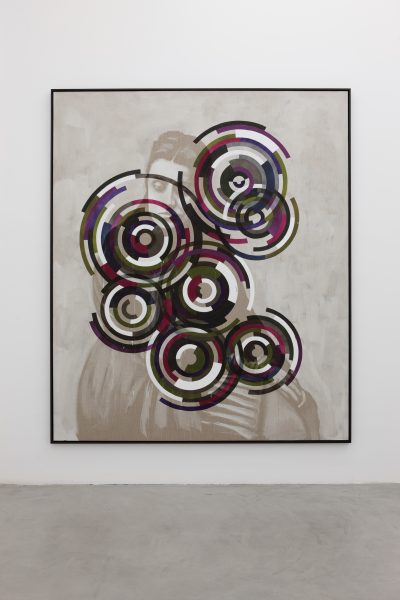 The light carries the darkness, 2008
The light carries the darkness, 2008
Acrylic and ink on canvas
254×215 cm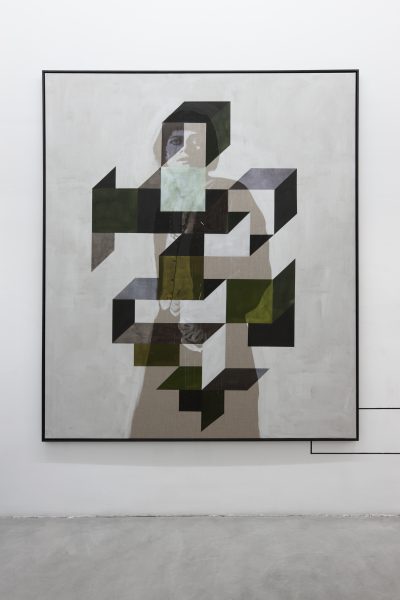 The inner ocean, 2008
The inner ocean, 2008
Acrylic and ink on canvas
240×200 cm
framed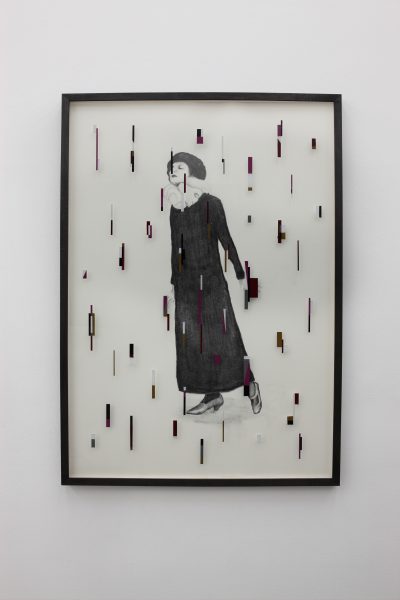 Playful life, 2008Pencil on paper, lacquer on glass
Playful life, 2008Pencil on paper, lacquer on glass
100×70 cm



































